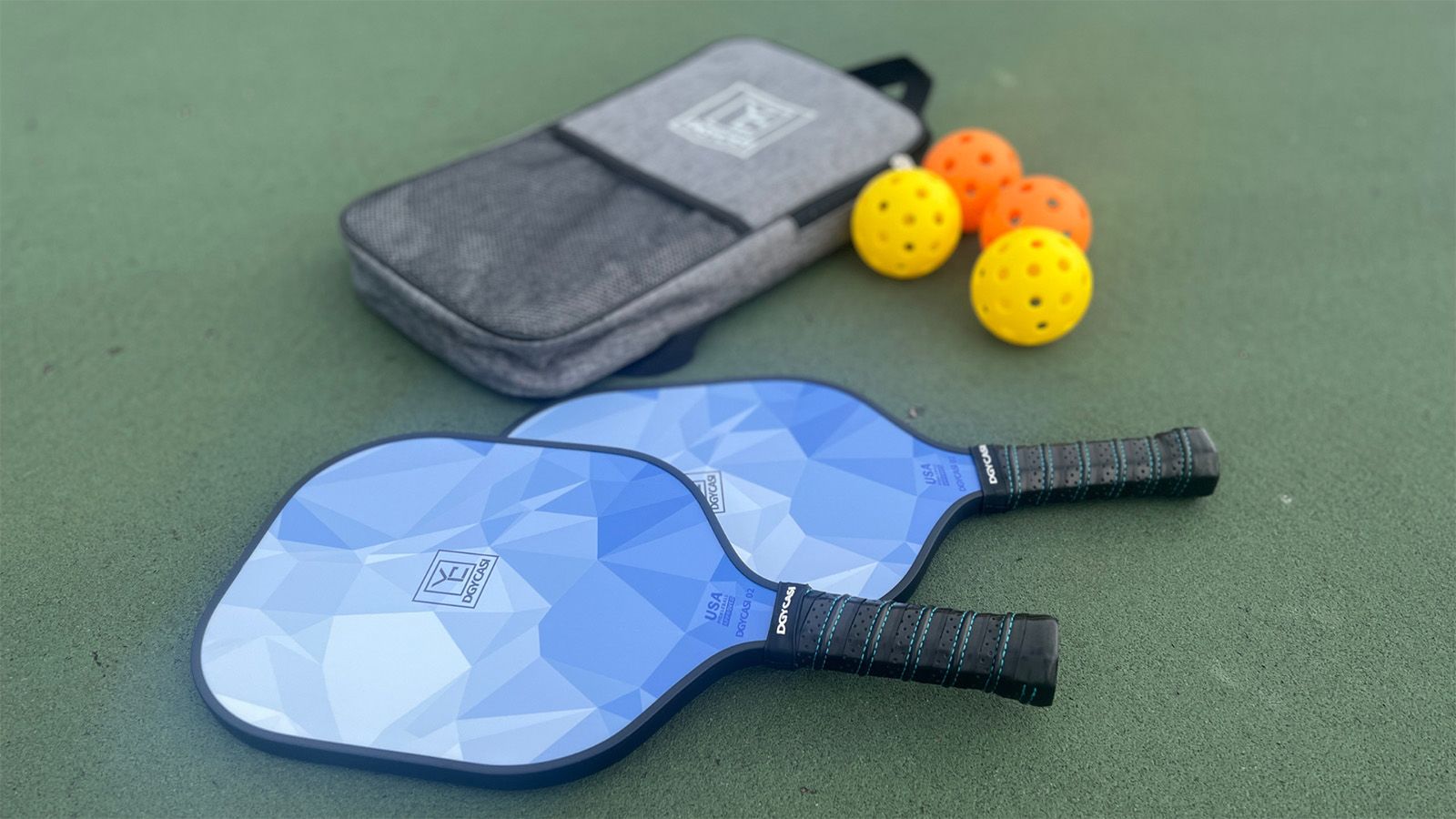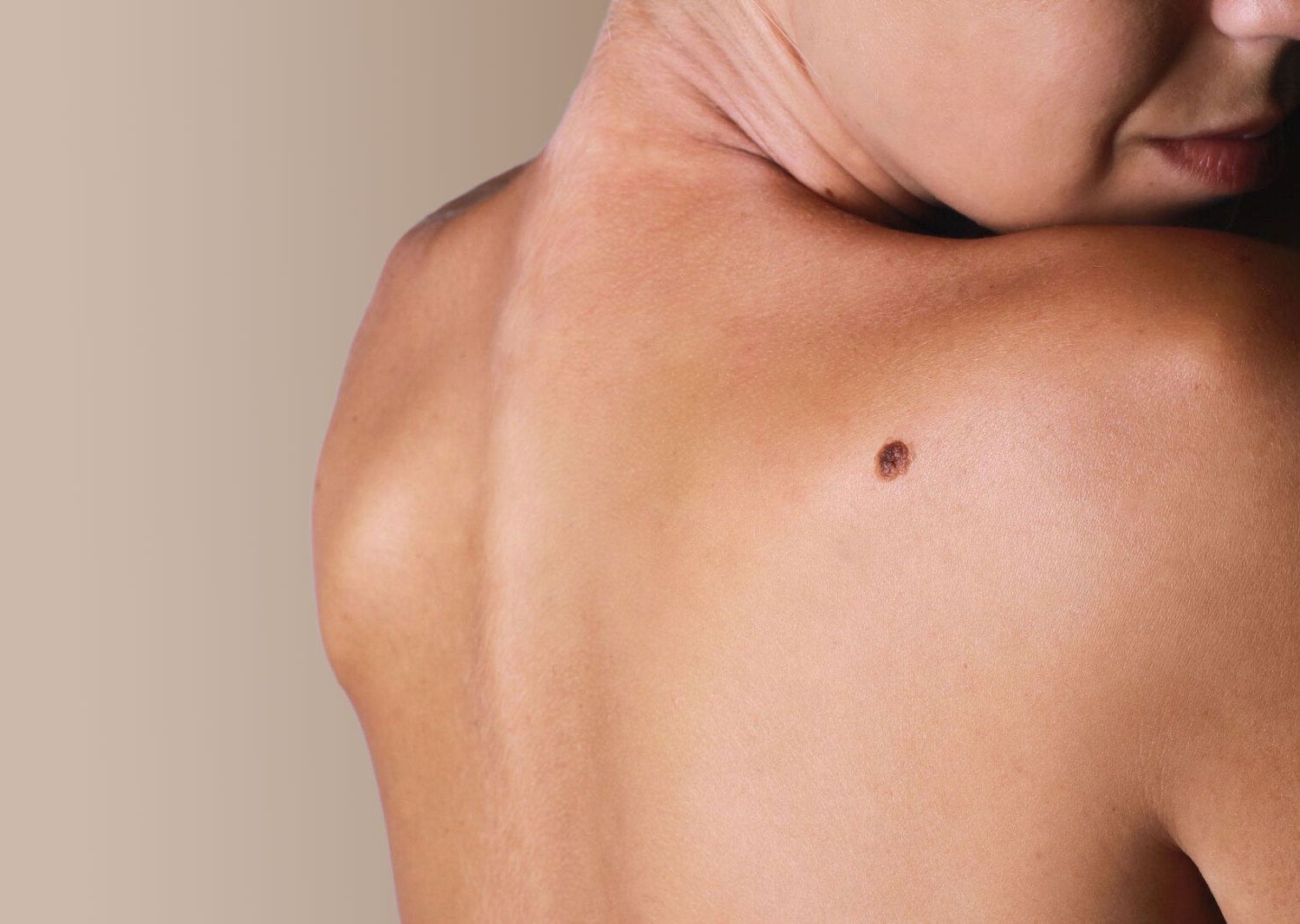
Pickleball has taken the world by storm, blending elements of tennis, badminton, and ping-pong into one exciting game. But what about the gear? Specifically, pickleball paddles? Choosing the right paddle can make or break your game. Ever wondered what makes one paddle better than another? Or why some paddles cost a fortune while others are budget-friendly? This post dives into 20 intriguing facts about pickleball paddles that will help you understand their importance. From materials and weight to grip size and shape, we’ve got all the details covered. Ready to up your pickleball game? Let’s get started!
What is Pickleball?
Pickleball is a fun, fast-paced sport combining elements of tennis, badminton, and ping-pong. Played with a paddle and a plastic ball, it's enjoyed by people of all ages. Let's dive into some interesting facts about pickleball paddles.
History of Pickleball Paddles
Understanding the history of pickleball paddles gives insight into how the game has evolved.
-
The first pickleball paddles were made of wood. Early players used simple wooden paddles, similar to those used in table tennis.
-
Composite paddles were introduced in the 1980s. These paddles combined materials like fiberglass and graphite, offering better performance.
-
Modern paddles use advanced materials. Today, paddles are made from high-tech materials like carbon fiber and polymer cores, enhancing durability and playability.
Types of Pickleball Paddles
Different types of paddles cater to various playing styles and preferences.
-
Wooden paddles are still popular among beginners. They are affordable and durable, making them a great choice for new players.
-
Graphite paddles are lightweight and powerful. These paddles provide excellent control and are favored by competitive players.
-
Composite paddles offer a balance of power and control. Made from a mix of materials, they are versatile and suitable for all skill levels.
Paddle Shapes and Sizes
The shape and size of a paddle can significantly impact gameplay.
-
Standard paddles are 15-16 inches long. This size offers a good balance between reach and control.
-
Elongated paddles provide extra reach. These paddles are longer, giving players an advantage in hitting distant shots.
-
Wide-body paddles have a larger sweet spot. They are ideal for beginners who need more forgiveness on off-center hits.
Paddle Grip and Handle
The grip and handle of a paddle affect comfort and control.
-
Grip size varies from small to large. Choosing the right grip size is crucial for preventing hand fatigue and ensuring a secure hold.
-
Overgrips can customize paddle feel. Players can add overgrips to adjust the thickness and texture of the handle.
-
Handle length affects maneuverability. Shorter handles offer better control, while longer handles provide more reach.
Paddle Core Materials
The core material of a paddle influences its performance characteristics.
-
Polymer cores are the most common. They offer a good balance of power and control, making them popular among players.
-
Nomex cores are known for their durability. These honeycomb cores provide a solid feel and are resistant to wear and tear.
-
Aluminum cores offer excellent control. They are lightweight and provide a softer touch, ideal for finesse players.
Paddle Surface Texture
The texture of a paddle's surface can affect ball spin and control.
-
Smooth surfaces are common in beginner paddles. They provide a consistent hit and are easy to use.
-
Textured surfaces enhance spin. Advanced players prefer textured paddles for better ball control and spin generation.
-
Grit coatings add extra grip. Some paddles have a gritty surface to increase friction and improve spin potential.
Paddle Weight
The weight of a paddle can influence a player's performance and comfort.
-
Lightweight paddles are easier to maneuver. They reduce arm fatigue and are ideal for quick, reactive play.
-
Heavy paddles provide more power. They generate stronger shots but can be tiring to use over long periods.
Pickleball paddles come in various shapes, sizes, and materials, each offering unique benefits. Whether you're a beginner or a seasoned player, understanding these facts can help you choose the right paddle for your game.
The Final Serve
Pickleball paddles come in all shapes, sizes, and materials, each offering unique benefits. Whether you're a beginner or a seasoned player, understanding the differences can help you choose the right paddle. Composite paddles offer a balance of power and control, while wooden paddles are budget-friendly and durable. Graphite paddles provide precision and lightweight performance. The grip size and weight of the paddle also play crucial roles in your game. A comfortable grip prevents injuries, and the right weight can enhance your swing. Remember, there's no one-size-fits-all paddle. Your choice should match your playing style and comfort. So, next time you hit the court, you'll be armed with the knowledge to make an informed decision. Happy playing!
Was this page helpful?
Our commitment to delivering trustworthy and engaging content is at the heart of what we do. Each fact on our site is contributed by real users like you, bringing a wealth of diverse insights and information. To ensure the highest standards of accuracy and reliability, our dedicated editors meticulously review each submission. This process guarantees that the facts we share are not only fascinating but also credible. Trust in our commitment to quality and authenticity as you explore and learn with us.


